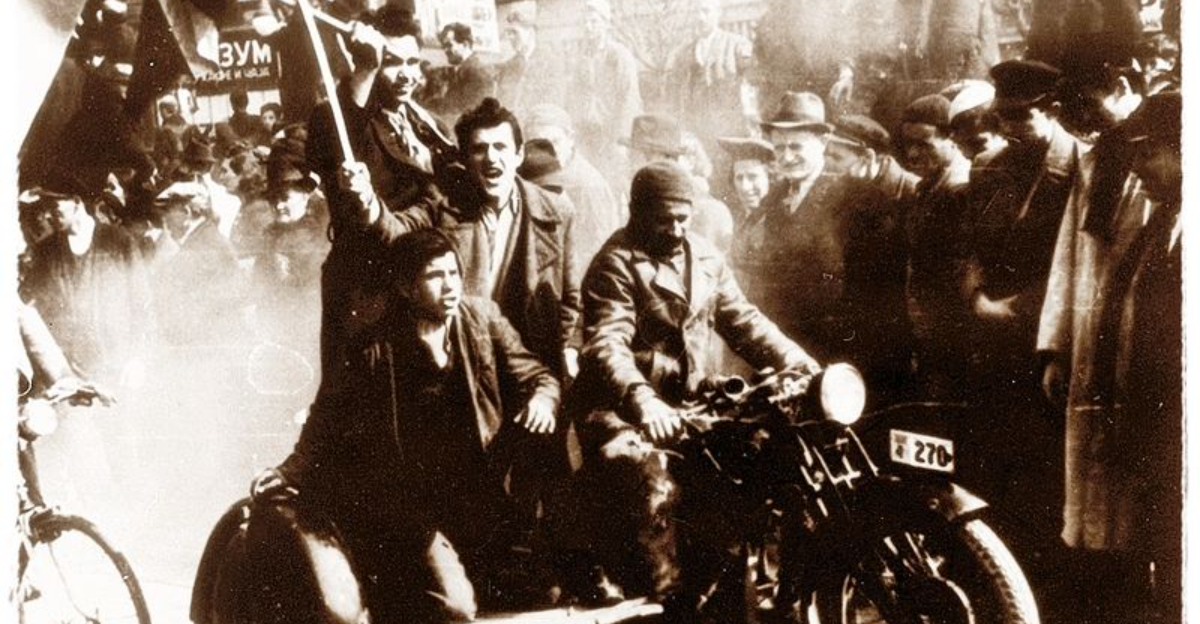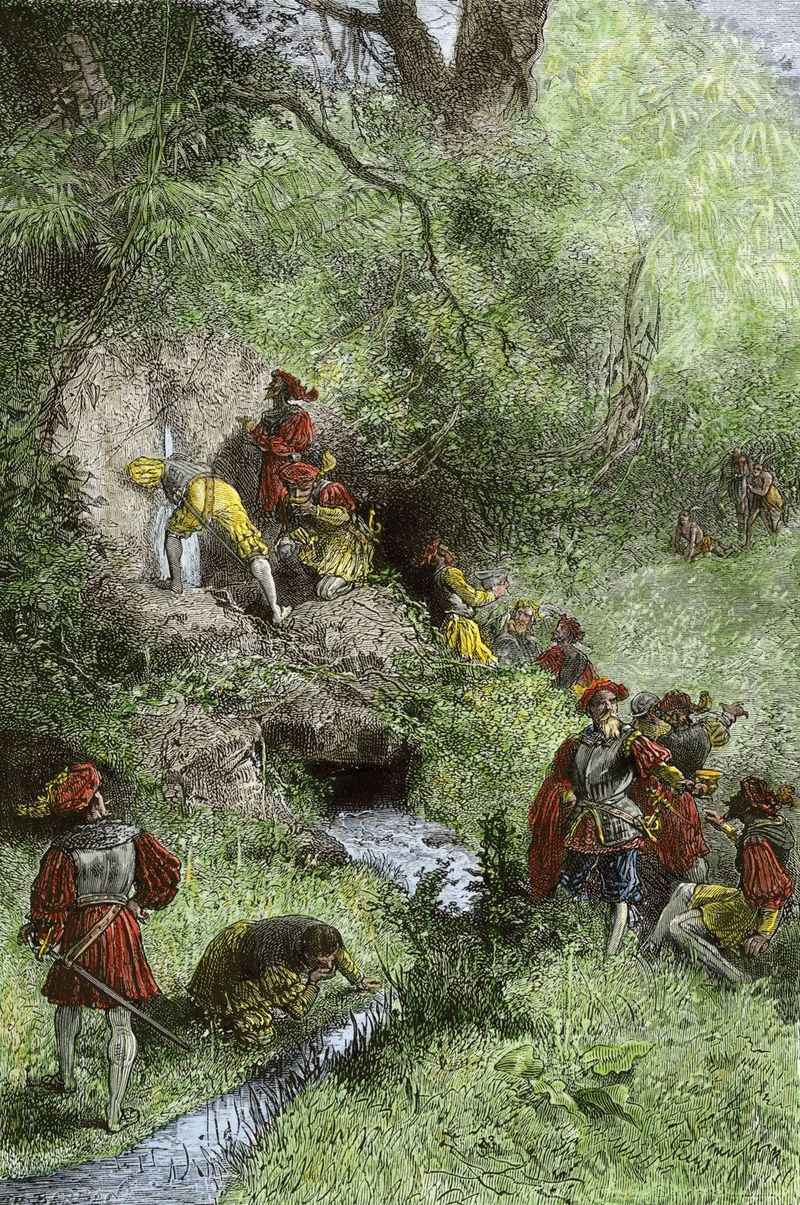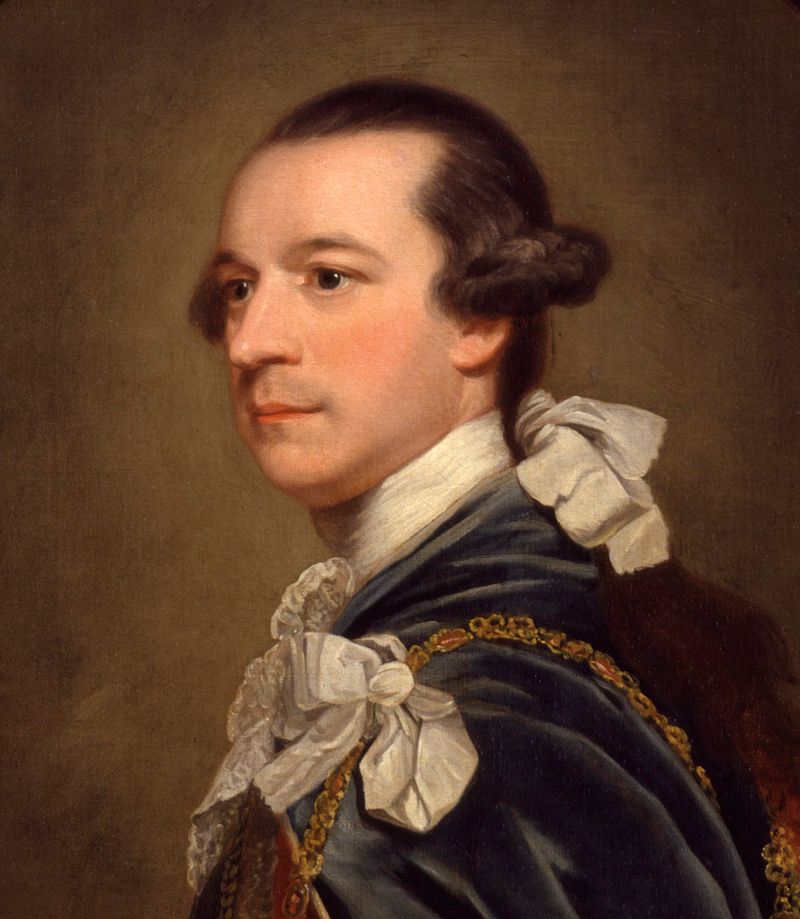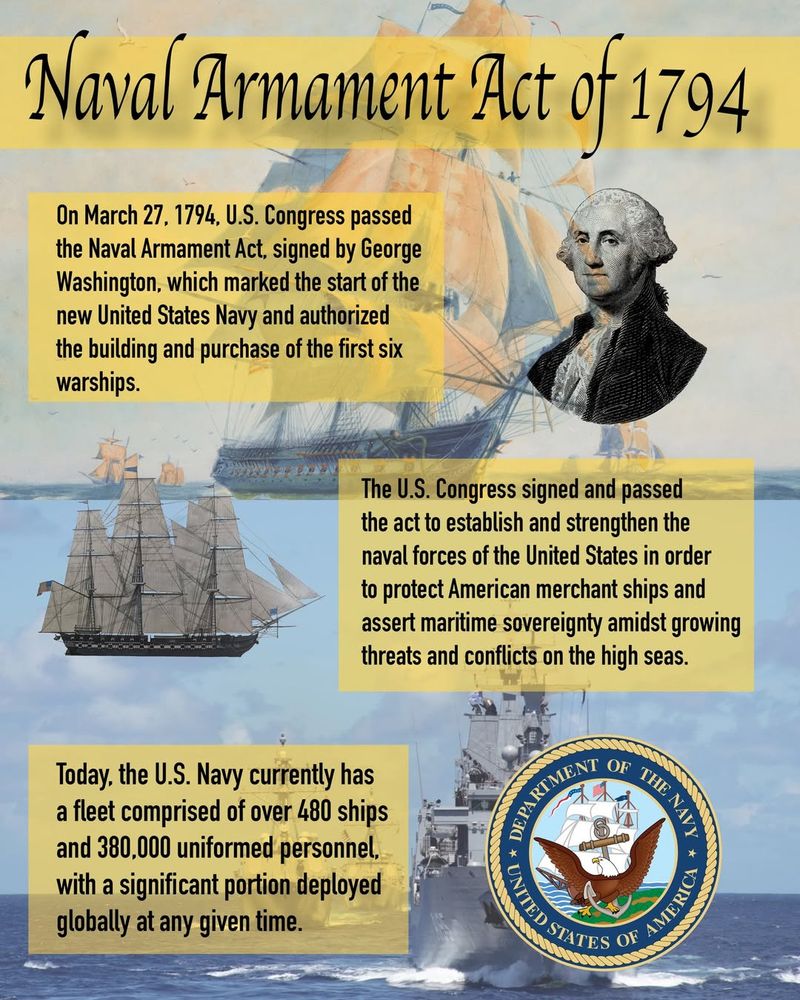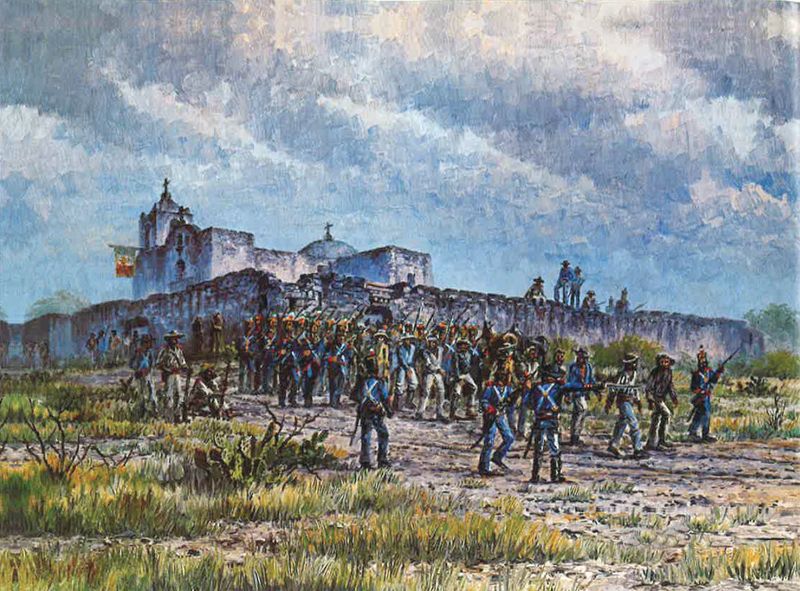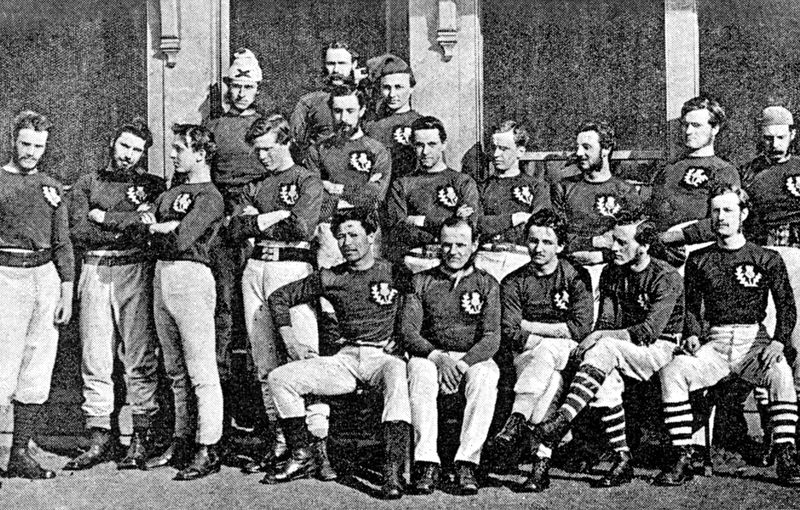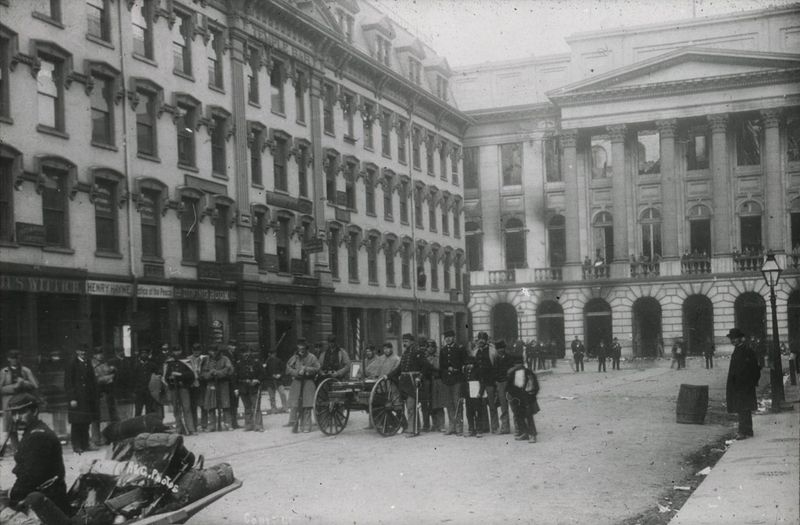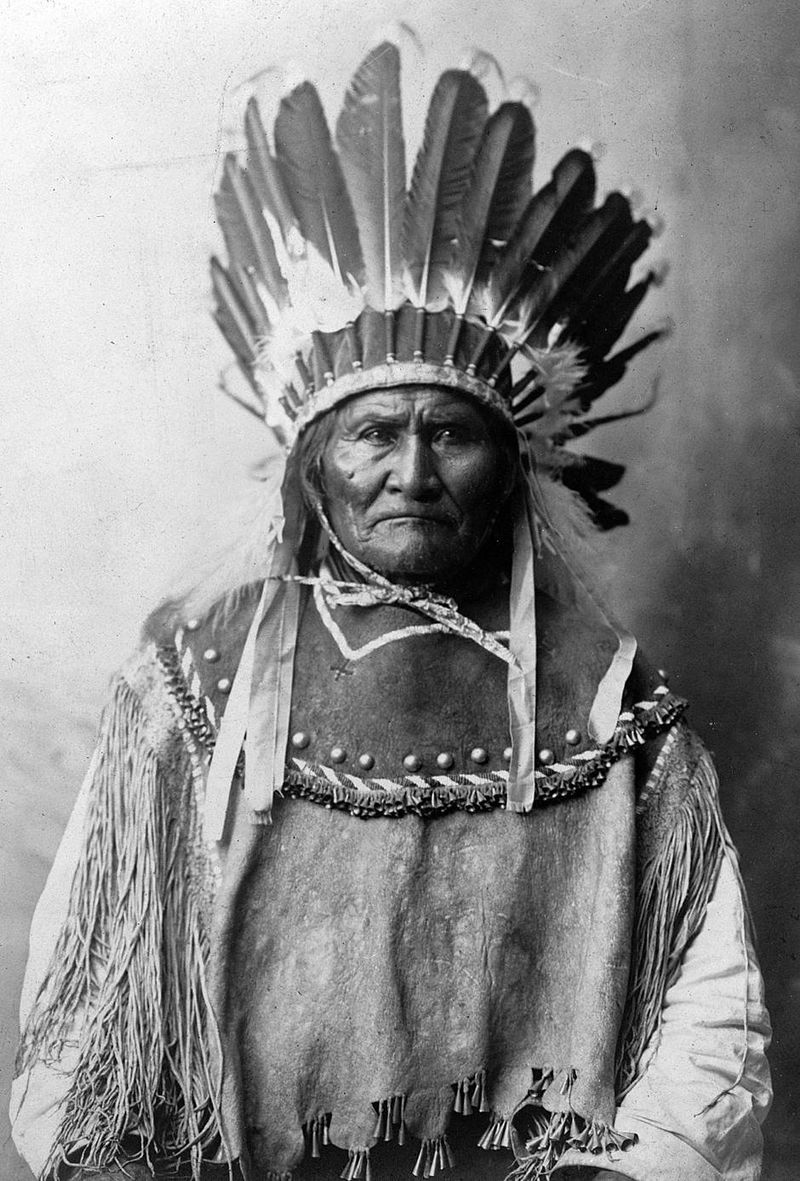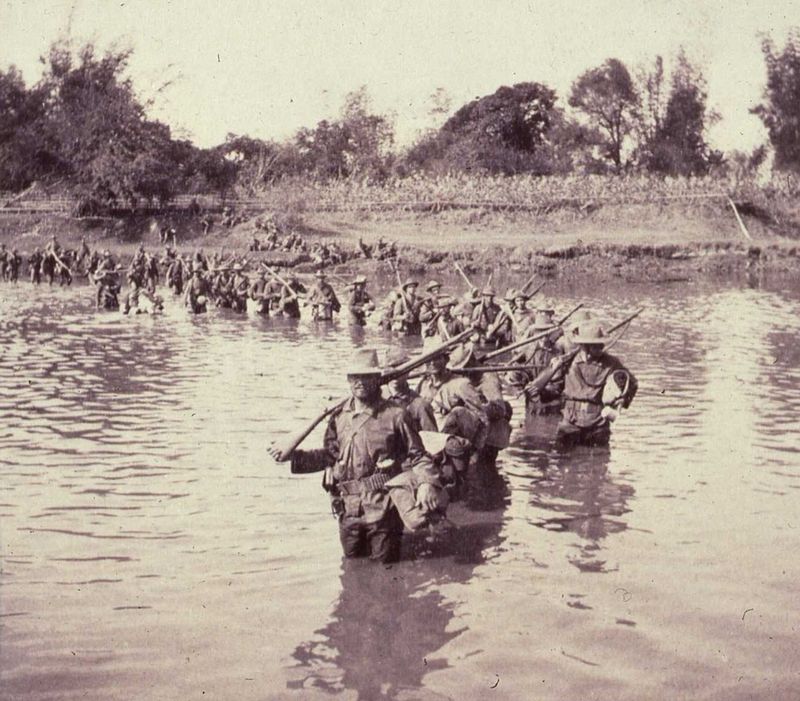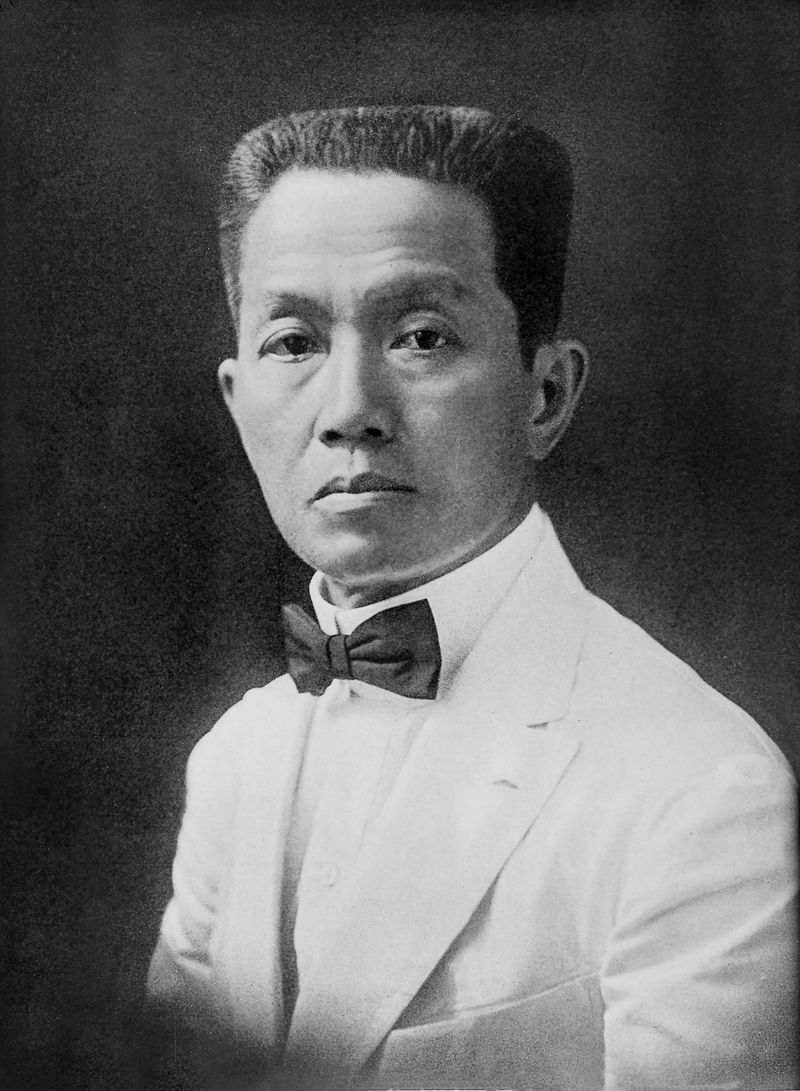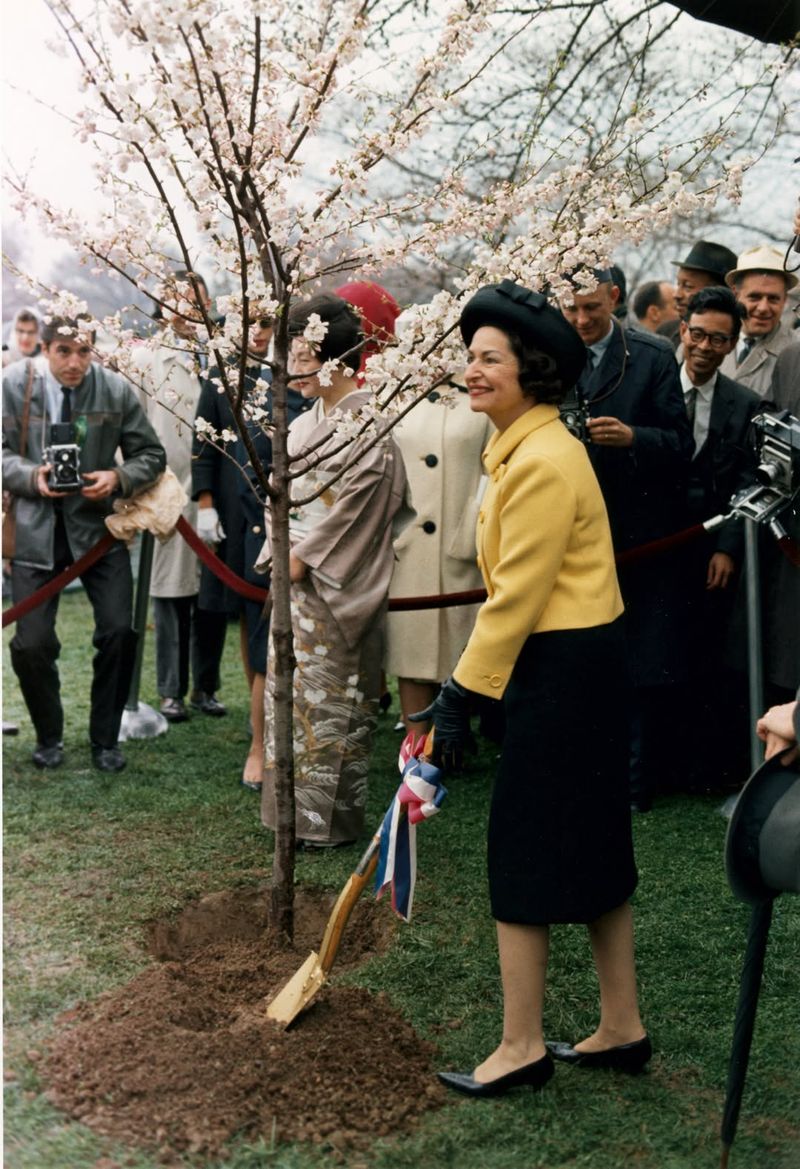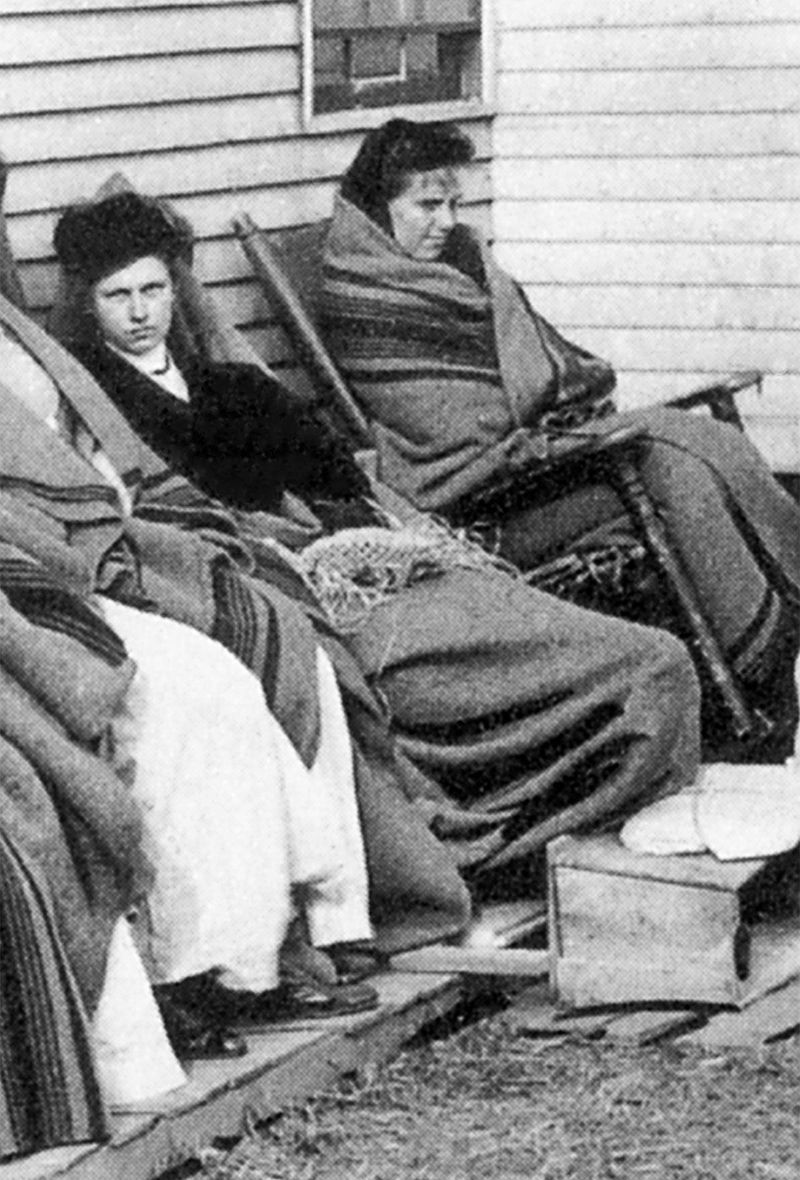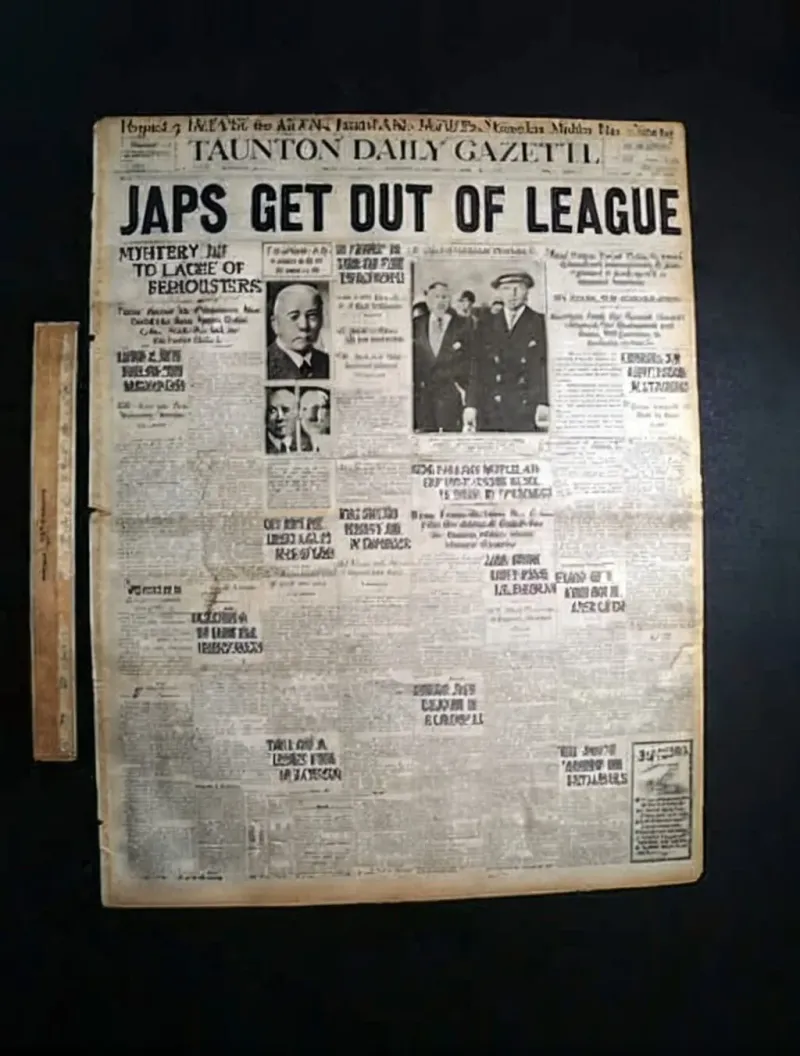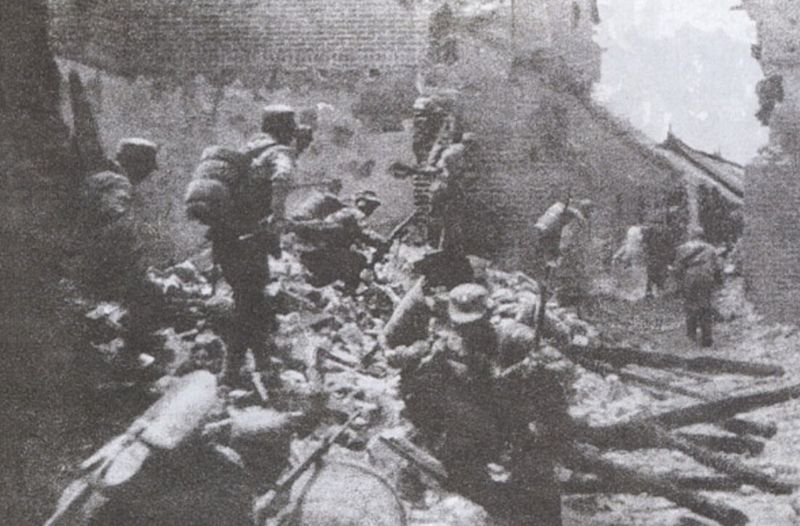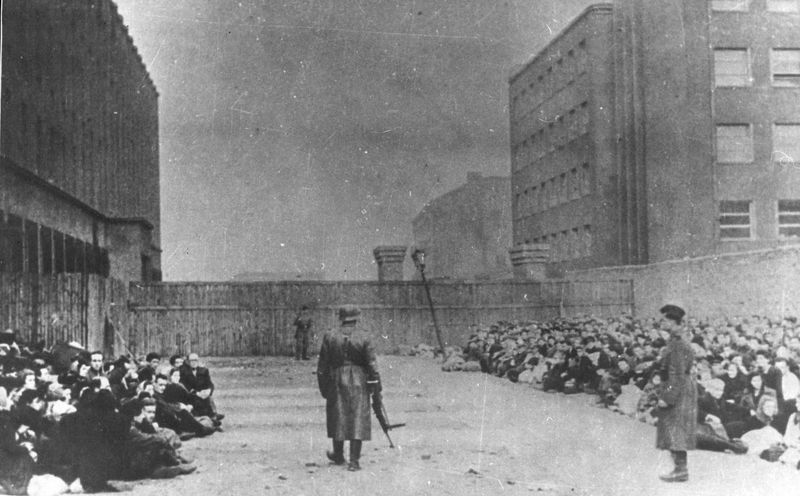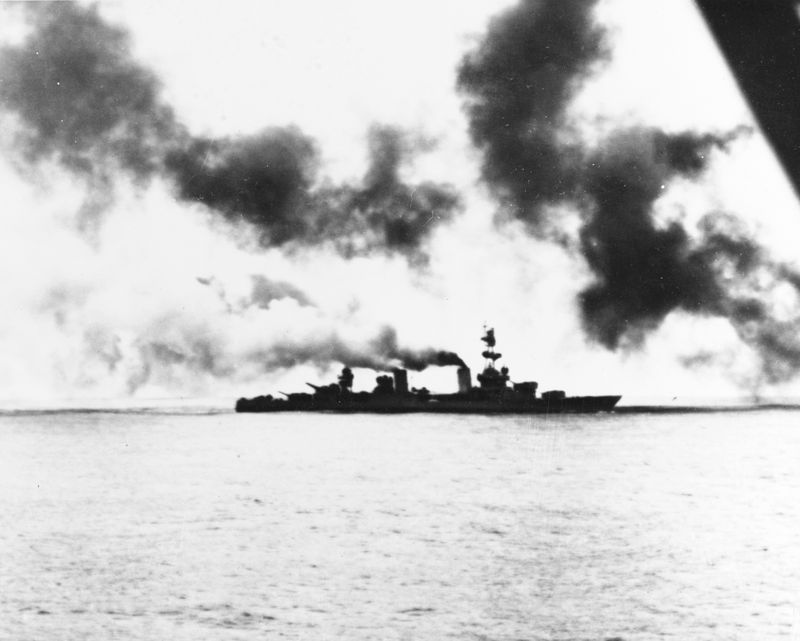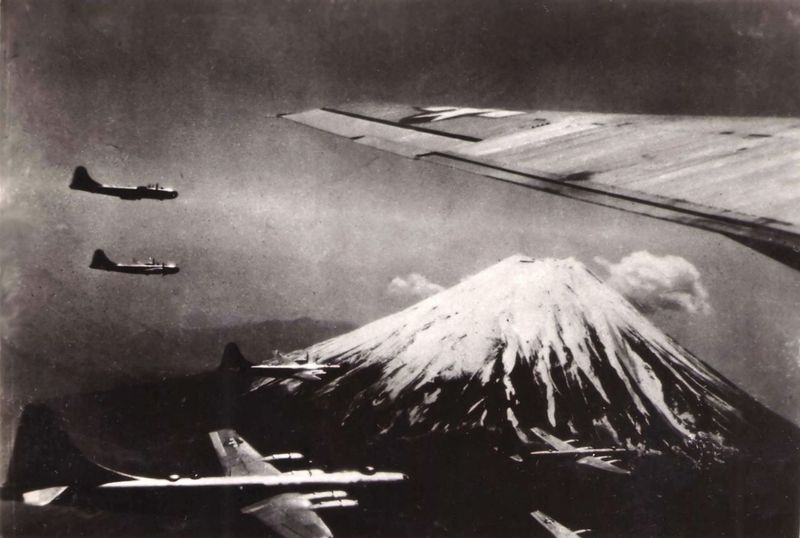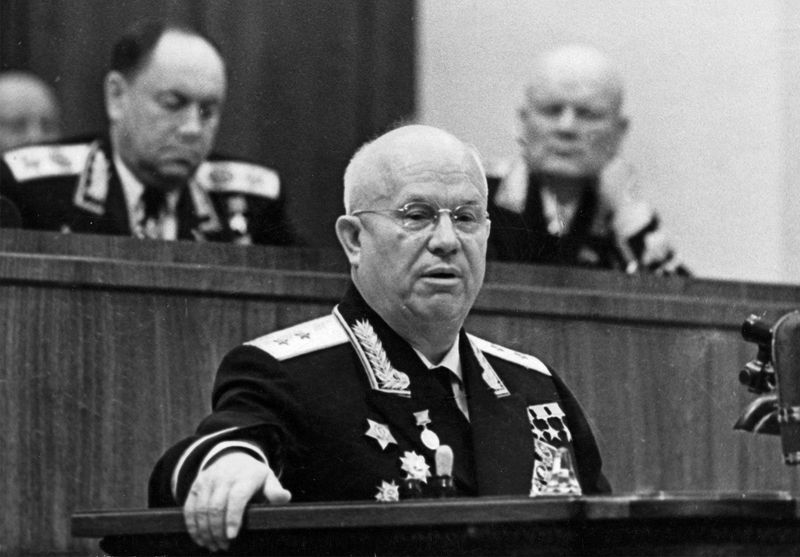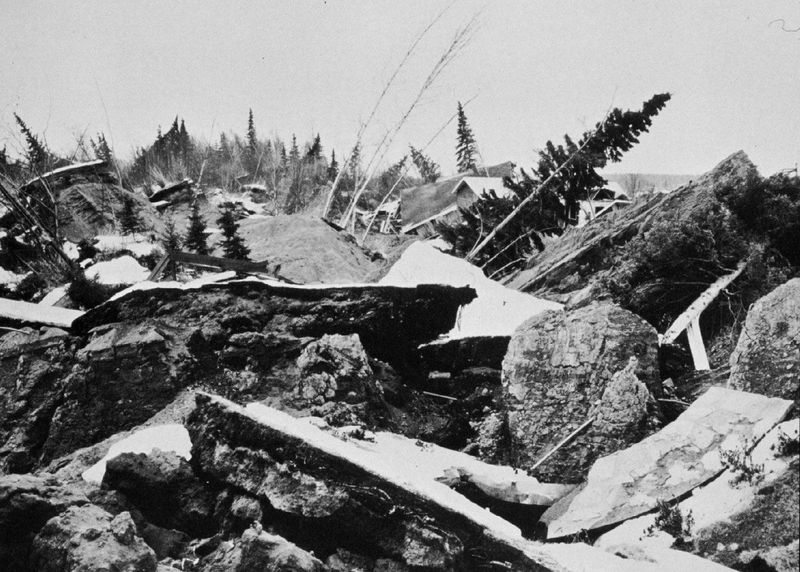Explore the fascinating events that occurred on March 27th throughout history, from medieval Europe to modern times.
This date has seen significant political, cultural, and social developments worldwide, shaping the course of history in various ways.
1. 1309 – Pope Clement V and Venice
In 1309, Pope Clement V imposed excommunication and interdiction on the prosperous city of Venice after it seized Ferrara. This decree effectively banned all commercial intercourse with Venice, a serious economic blow.
The Pope’s decision was part of larger geopolitical tensions in medieval Europe. The struggle for control over Ferrara highlighted the complex alliances and conflicts of the period.
This excommunication underscored the Pope’s power over secular rulers, as Venice faced isolation in trade. It was a dramatic reminder of the Church’s influence in medieval politics, impacting trade routes and diplomatic relationships.
2. 1329 – Condemnation of Meister Eckhart
On March 27, 1329, Pope John XXII issued the bull In Agro Dominico, condemning certain writings of the German Dominican theologian Meister Eckhart as heretical. Eckhart, known for his mystical teachings, challenged conventional religious doctrines.
The condemnation reflected the Church’s stance against perceived threats to its doctrinal authority. This event was significant in the history of medieval mysticism, as Eckhart’s teachings influenced future generations of spiritual thinkers.
Despite the papal condemnation, Eckhart’s ideas continued to inspire discussions on spirituality and the nature of God, illustrating the enduring impact of his work.
3. 1513 – Ponce de León in Bahamas
In 1513, Spanish explorer Juan Ponce de León reached the northern end of the Bahamas during his first voyage to what he later named Florida. He embarked on this journey in search of new lands and riches.
Ponce de León’s exploration marked a key moment in the age of discovery, as Europeans pushed further into the Americas.
Though famously associated with the myth of the Fountain of Youth, his expeditions underscore the era’s spirit of adventure and conquest. His voyages opened up new routes and opportunities for European colonization in the New World.
4. 1625 – Charles I Becomes King
Charles I ascended to the thrones of England, Scotland, and Ireland on March 27, 1625, claiming also the title King of France. His reign would be marked by political and religious turmoil, leading to civil war.
Charles’s belief in the divine right of kings put him at odds with Parliament, contributing to long-standing tensions. His marriage to a Catholic French princess further complicated religious dynamics.
As king, Charles faced challenges both at home and abroad, and his eventual execution in 1649 dramatically altered the British monarchy, paving the way for a brief republican period.
5. 1638 – Calabrian Earthquake
The first of four destructive earthquakes struck southern Italy’s Calabria region on March 27, 1638, with devastating effects. Known as the Calabrian earthquakes, this series of tremors caused widespread destruction and a high death toll.
The March earthquake alone killed between 10,000 and 30,000 people, making it one of the deadliest in European history. These natural disasters highlighted the vulnerability of communities to seismic activity.
The calamity forced a reevaluation of building practices and emergency responses, influencing future urban planning in earthquake-prone regions. Efforts to rebuild were hampered by the ongoing seismic threat.
6. 1782 – Rockingham Ministry Begins
The Second Rockingham ministry assumed power in Great Britain on March 27, 1782. This political shift came during a critical period as Britain was negotiating to end the American War of Independence.
Charles Watson-Wentworth, the Marquess of Rockingham, led the new government, emphasizing reconciliation. His leadership aimed to restore stability and address grievances that had fueled the conflict.
The ministry’s efforts contributed to the preliminary peace agreements, setting the stage for the eventual Treaty of Paris in 1783. This marked a turning point in British colonial policy and the recognition of American independence.
7. 1794 – Establishment of U.S. Navy
On March 27, 1794, the United States Government established a permanent navy, authorizing the construction of six frigates. This move was prompted by maritime threats and the need to protect American merchant vessels.
The decision marked the birth of the U.S. Navy, laying the foundation for its future role as a global maritime power. These initial ships, like the USS Constitution, became legendary.
The navy’s creation underscored the young nation’s commitment to securing its interests on the high seas, paving the way for naval traditions and advancements that continue to this day.
8. 1809 – Battle of Ciudad Real
The Battle of Ciudad Real on March 27, 1809, was a significant encounter during the Peninsular War. A combined Franco-Polish force, allied with Napoleon, defeated the Spanish near Ciudad Real in Spain.
This victory bolstered French control over the region, but the broader conflict continued. The battle reflected the complex alliances and shifting fortunes of the Napoleonic Wars.
Despite the defeat, Spanish resistance persisted, ultimately contributing to the eventual liberation of Spain. This period highlighted the resilience of local forces against a powerful empire, influencing European politics and military strategies.
9. 1814 – Battle of Horseshoe Bend
On March 27, 1814, U.S. forces under General Andrew Jackson defeated the Creek Nation at the Battle of Horseshoe Bend in central Alabama. This decisive victory effectively ended the Creek War.
Jackson’s tactics and leadership were instrumental in securing the win, which opened up vast areas of the American Southeast for settlement. The battle was part of the larger context of U.S. expansionism and conflicts with Native American tribes.
The Treaty of Fort Jackson followed, ceding significant territory to the United States, reshaping the region’s demographics and paving the way for further development.
10. 1836 – Goliad Massacre
In a grim episode of the Texas Revolution, Mexican forces under General Santa Anna massacred 342 Texian prisoners of war at Goliad, Texas, on March 27, 1836. This event is etched in history as the Goliad Massacre.
The executions shocked and galvanized the Texian cause, contributing to their resolve in the struggle for independence from Mexico. The massacre became a rallying cry at the Battle of San Jacinto.
Ultimately, these tragedies were pivotal in Texas securing independence, highlighting the brutal realities of warfare and the intense struggle for autonomy.
11. 1866 – Veto of Civil Rights Act
President Andrew Johnson vetoed the Civil Rights Act of 1866 on March 27, arguing it infringed on states’ rights. The Act aimed to protect the civil rights of African Americans in the post-Civil War United States.
Johnson’s veto was met with strong opposition in Congress, which eventually overrode it, passing the Act on April 9. This marked a significant step in the Reconstruction era, setting the stage for future civil rights advancements.
The conflict underscored tensions between the executive and legislative branches and highlighted the ongoing struggle for racial equality in America.
12. 1871 – First International Rugby Match
On March 27, 1871, Scotland triumphed over England in the first international rugby football match, held at Raeburn Place in Edinburgh. This historic game marked the beginning of international rugby competition.
The match was attended by around 4,000 spectators, establishing a legacy of rivalry and camaraderie between the two nations. Scotland’s victory was celebrated as a testament to their skill and teamwork.
This event laid the groundwork for the international rugby circuit, fostering a sporting culture that would grow in popularity and significance over the following decades, uniting fans globally.
13. 1884 – Cincinnati Courthouse Riots
Cincinnati, Ohio, witnessed violent riots on March 27, 1884, following a controversial manslaughter verdict. A mob attacked jury members, leading to widespread unrest and the eventual burning of the courthouse.
The riots highlighted public dissatisfaction with the judicial system and deep-seated tensions within the community. The events underscored the potential for civic unrest when legal outcomes are perceived as unjust.
Ultimately, the riots prompted discussions on legal reforms and the importance of maintaining order, emphasizing the delicate balance between justice and public sentiment.
14. 1886 – Geronimo Surrenders
On March 27, 1886, the legendary Apache leader Geronimo surrendered to the U.S. Army, signaling the end of the main phase of the Apache Wars. His surrender marked a turning point in Native American history.
Geronimo’s resistance against U.S. expansion symbolized the struggle for indigenous rights and autonomy. His eventual capture was seen as a victory for the U.S. military and a tragic end for Apache independence.
The surrender highlighted the complex dynamics between Native American tribes and the U.S. government, shaping subsequent policies and the future of Native American communities.
15. 1899 – Battle of Marilao River
Emilio Aguinaldo led Filipino forces at the Battle of Marilao River on March 27, 1899, during the Philippine–American War. The conflict was part of the larger struggle for Philippine independence from American colonial rule.
Despite Aguinaldo’s determined leadership, Filipino forces faced challenges against the better-equipped American troops. The battle exemplified the fierce resistance against foreign domination.
This period highlighted the complexities of colonialism and the fight for self-determination, leaving a lasting impact on Philippine history and its journey toward sovereignty and national identity.
16. 1901 – Capture of Emilio Aguinaldo
On March 27, 1901, Filipino revolutionary leader Emilio Aguinaldo was captured by American forces, a pivotal moment in the Philippine–American War. His capture signaled a significant blow to the Filipino independence movement.
Aguinaldo’s leadership had been central to resisting American occupation, and his capture marked a turning point in the conflict. The event underscored the challenges faced by colonized nations in their fight for freedom.
Despite his capture, Aguinaldo remained a symbol of resilience and resistance, inspiring future generations in the ongoing struggle for sovereignty and national identity.
17. 1912 – National Cherry Blossom Festival
The National Cherry Blossom Festival began on March 27, 1912, when First Lady Helen Taft and Viscountess Chinda planted two Yoshino cherry trees along the Potomac River. This event marked the beginning of a cherished tradition in Washington, D.C.
The cherry trees, a gift from Japan, symbolized friendship and diplomacy between the two nations. The festival has since grown into a major cultural event, attracting visitors worldwide.
The blossoms’ beauty and the festival’s charm continue to celebrate seasonal renewal and international bonds, reflecting the enduring relationship between Japan and the United States.
18. 1915 – Typhoid Mary’s Quarantine
Typhoid Mary, the infamous healthy carrier of typhoid fever, was quarantined for the second time on March 27, 1915. Her case raised significant public health concerns in the United States.
Mary Mallon, known as Typhoid Mary, was an asymptomatic carrier responsible for multiple outbreaks. Her isolation reflected the challenges of balancing individual rights with public safety.
Her story highlighted the importance of disease prevention and control, influencing public health policies and discussions on ethical considerations in managing infectious diseases. Mary remained isolated for life, a symbol of the era’s medical dilemmas.
19. 1918 – Bessarabia Union with Romania
The National Council of Bessarabia proclaimed union with the Kingdom of Romania on March 27, 1918. This decision significantly altered the region’s political landscape during the tumultuous post-World War I period.
Bessarabia’s union with Romania was driven by ethnic, cultural, and historical ties, reflecting the region’s desire for self-determination. This move was part of the broader realignment of European borders after the war.
The union was celebrated by many but also faced opposition, illustrating the complexities of nation-building and territorial changes in the aftermath of global conflict.
20. 1933 – Japan Leaves the League of Nations
Japan’s departure from the League of Nations on March 27, 1933, followed the League’s Lytton Report, which favored China over Japan in the Manchuria conflict. Japan’s exit signaled significant diplomatic tensions.
This move was part of Japan’s broader expansionist policies in Asia, reflecting its dissatisfaction with international opinion. Japan’s withdrawal highlighted the limitations of the League in enforcing global peace.
The event foreshadowed rising militarism and contributed to the instability leading up to World War II, impacting international relations and the future of diplomatic organizations.
21. 1938 – Battle of Taierzhuang
The Battle of Taierzhuang, which began on March 27, 1938, was a pivotal clash during the Second Sino-Japanese War. China’s victory marked a significant morale boost as they overcame Japanese forces.
This battle was a turning point in China’s resistance, showcasing effective military strategies and determination. The triumph inspired hope and strengthened Chinese nationalism amid a brutal conflict.
The fight at Taierzhuang demonstrated China’s resilience and ability to rally against formidable opponents, influencing the broader course of the war and future strategies against Japanese aggression.
22. 1941 – Yugoslav Coup
On March 27, 1941, Yugoslav Air Force officers orchestrated a bloodless coup, overthrowing the pro-Axis government. This surprising turn of events altered the region’s political dynamics during World War II.
The coup was motivated by widespread opposition to the Tripartite Pact, which aligned Yugoslavia with Nazi Germany and Italy. The officers sought to assert national independence and resist Axis influence.
Yugoslavia’s defiance led to its invasion by Axis forces, highlighting the complex interplay of alliances and resistance in wartime Europe, influencing subsequent military and political developments.
23. 1942 – Holocaust Deportations Begin
On March 27, 1942, Nazi Germany and Vichy France began deporting 65,000 Jews from the Drancy internment camp to extermination camps. This marked a grim phase of the Holocaust’s systematic genocide.
The deportations were part of the broader Final Solution, reflecting the horrors of Nazi racial policies. Drancy served as a primary transit point, symbolizing the collaboration between Vichy France and Nazi Germany.
These events underscore the Holocaust’s devastating impact and the moral imperative to remember and learn from history’s darkest chapters, ensuring the horrors are never repeated.
24. 1943 – Battle of the Komandorski Islands
The Battle of the Komandorski Islands began on March 27, 1943, as U.S. Navy forces intercepted Japanese attempts to reinforce their garrison at Kiska in the Aleutian Islands. This naval confrontation was notable for its strategic importance.
The battle, fought in icy waters, was a test of endurance and tactics. The U.S. avoided significant losses despite being outgunned, demonstrating naval prowess.
The engagement delayed Japanese reinforcements, contributing to the Allies’ efforts in the Pacific Theater. It highlighted the strategic challenges and harsh conditions faced during World War II’s widespread naval conflicts.
25. 1945 – Operation Starvation Begins
Operation Starvation commenced on March 27, 1945, as Allied forces began aerial mining Japan’s ports and waterways. This strategic initiative targeted Japan’s supply lines during the final months of World War II.
The operation aimed to cripple Japan’s naval capabilities and disrupt logistics, contributing to the Allied victory. It highlighted innovative military strategies and technological advancements.
Simultaneously, Argentina declared war on the Axis Powers, further isolating them. These events reflected the broader global alignment against Axis aggression, emphasizing the multifaceted strategies employed in the war’s closing stages.
26. 1958 – Khrushchev Becomes Soviet Chairman
On March 27, 1958, Nikita Khrushchev became the Chairman of the Council of Ministers of the Soviet Union, solidifying his leadership. This marked a new era in Soviet politics during the Cold War.
Khrushchev’s rise to power signaled shifts in domestic and international policies, including de-Stalinization and improved relations with the West. His tenure was characterized by bold reforms and confrontations.
His leadership style influenced global geopolitical dynamics, contributing to key Cold War events and shaping the Soviet Union’s path during a period of significant change and tension.
27. 1964 – Good Friday Earthquake
The Good Friday earthquake struck Southcentral Alaska on March 27, 1964, as the most powerful recorded in North America. It caused massive destruction and claimed 125 lives, with Anchorage experiencing severe damage.
The earthquake’s magnitude and impact highlighted the importance of disaster preparedness and response. The event prompted advancements in earthquake research and building codes, improving safety measures.
This disaster underscored the challenges of living in seismically active regions, spurring community resilience and awareness. The lessons learned continue to influence current practices in earthquake-prone areas.
28. 1975 – Trans-Alaska Pipeline Construction
Construction of the Trans-Alaska Pipeline System began on March 27, 1975, marking a significant industrial undertaking. This project aimed to transport oil from Alaska’s North Slope to the southern coast.
The pipeline’s construction was a logistical and engineering challenge, traversing harsh terrains and extreme weather conditions. It was a response to the oil crises and aimed to secure energy independence.
The pipeline’s completion transformed Alaska’s economy and infrastructure, illustrating the intersection of energy needs and environmental considerations. It remains a symbol of American ingenuity and resourcefulness.
29. 1977 – Tenerife Airport Disaster
The Tenerife airport disaster occurred on March 27, 1977, when two Boeing 747 airliners collided on a foggy runway in the Canary Islands. The crash resulted in 583 fatalities, with 61 survivors on one flight.
This tragedy remains the deadliest aviation accident in history, highlighting the critical importance of aviation safety and communication. The disaster prompted changes in air traffic control procedures and pilot training.
The lessons learned from this incident continue to influence aviation standards, ensuring safer skies and preventing similar tragedies from occurring in the future.
30. 1980 – Alexander L. Kielland Disaster
On March 27, 1980, the Norwegian oil platform Alexander L. Kielland collapsed in the North Sea, killing 123 of its 212 crew members. This disaster underscored the risks of offshore oil operations.
The platform’s collapse was attributed to structural failure, prompting investigations and safety reforms. The tragedy highlighted the need for stringent safety standards and emergency preparedness in the oil industry.
The incident contributed to improvements in offshore engineering and safety practices, emphasizing the importance of protecting workers and preventing future accidents in hazardous environments.
